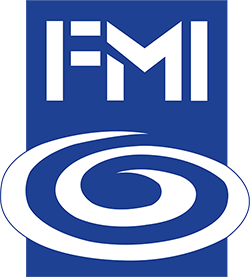Sun Care — a Growing Market As Awareness and Technological Advances Prevail
The Sun Care Market
The global Sun Care market is driven by better education and understanding of the harmful effects of the sun’s UV rays on the skin. Other factors in the growth of this market are product innovations such as anti-aging, hypoallergenic and intense repair properties. Current product development involves the use of nanotechnology to micronize sun care ingredients such as titanium dioxide and zinc oxide in order to achieve higher levels of SPF. There is also a strong demand for natural and organic sun care formulations as concerns are growing with regard to the toxicity and/or allergies caused by chemical and physical sunscreen ingredients.
Market Segments & Forms
The global sun care market is segmented into sun protection, after sun products, and self-tanning products. Sun protection or sunscreen has the largest market share of the three segments and is available in a variety of SPF (Sun Protection Factor) grades. The higher the SPF number, the more sun protection it provides. Sun care comes in an assortment of forms including creams, gels, lotions, powders, liquid, wipes, sprays, and tinted. Creams represent the largest form of the sun care market because of the moisturizing benefits and ease of use.
Innovation
A common misperception regarding sun protection and the degree of SPF is that it is a once and done application. In order to be effective, sunscreen must be reapplied at intervals dependent on the SPF, the amount applied, skin type, and the activities a person is participating in at that time. However, there are some innovative opportunities to advance sun care protection. Ingestible sun protection such as UV Protection Harmonized Water and an edible photoprotective diet supplement called phytoflORAL, developed in 2013, are possibilities that may take off due to their convenience. There are ‘smart’ sun care products such as single-use wristbands from SmartSun and UV Sun Sense that track sun exposure and a bracelet named June that not only tracks sun exposure but recommends level and type of sun protection based on the user’s skin type. These wearable trackers allow the sun care options to be more personal and facilitate real time interaction with the products. There are also products that combine sun care, skincare, and make-up categories by targeting skin tone.
